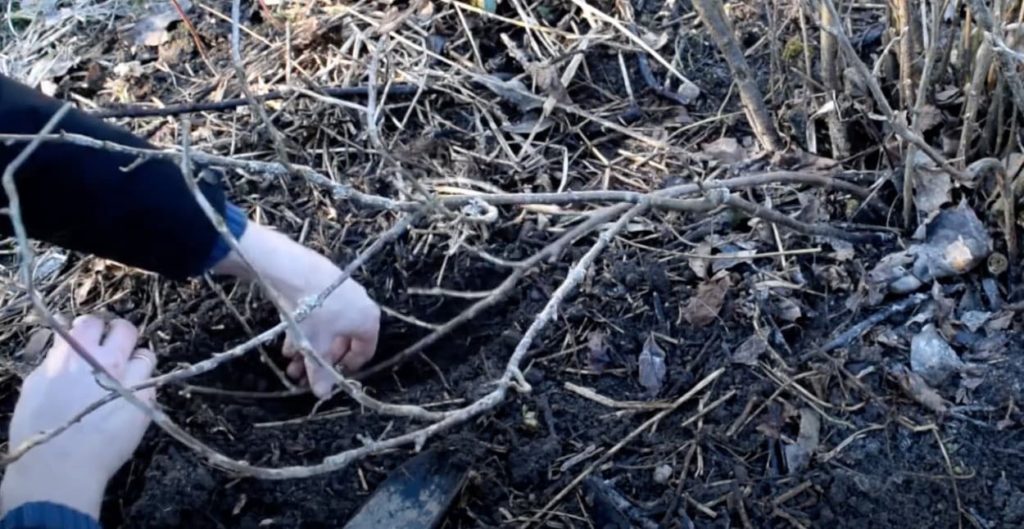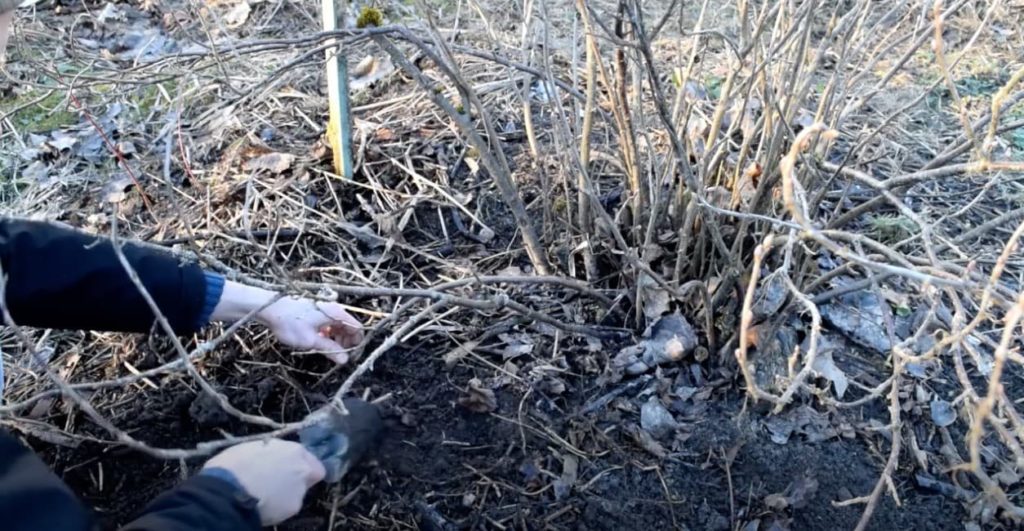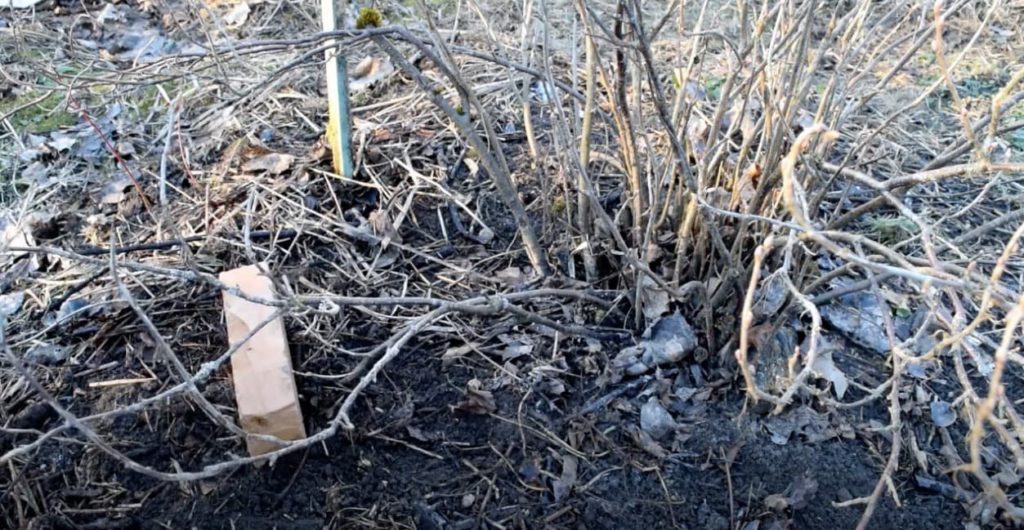FRUIT > GOOSEBERRY > PROPAGATION
IN THIS GUIDE
GOOSEBERRY GUIDES

Container GrowingHarvestingPropagationPruningSawflyVarieties
Ribes grossularia might not be everyone ’s favourite fruit , but I eff them .
I use them unripe in jams and other preserves , and to make a sourish lemon tree succus substitute for a reach of recipes .

“Propagation by layering”, byGražvydas J, licenced underCC BY 3.0
I also enjoy the good fruit too in a range of ways in my kitchen .
In my timber garden at home , I have several gooseberry bushes , all of which were propagated from one original industrial plant .
If you would like to spread your own Ribes grossularia bushes at home , the good intelligence is that this is a very soft and straight horticulture line of work .

“Propagation by layering”, byGražvydas J, licenced underCC BY 3.0
“ As with most fruits , there are many different cultivars of Ribes grossularia , ” shares Colin Skelly , a Horticultural Consultant .
“ you may choose one or more look on whether you want a cooking or dessert gooseberry , sweet or moody , other , mid or late - time of year , or a combining .
“ If you have a acquaintance or neighbour with a favor cultivar it is easy , as described here , to circularise from . ”

“Propagation by layering”, byGražvydas J, licenced underCC BY 3.0
Gooseberries are an highly easy plant life to circularize and are therefore a corking place to start if you are raw to the process of propagate your own shrubs in your garden .
Gooseberry Propagation Methods
There are two master mode to make new plants from an existing gooseberry bush :
Both of these job are undertakenbetween late September and early November .
Let ’s take a close expression at each of these dewy-eyed and straightforward selection .

“Propagation by layering”, byGražvydas J, licenced underCC BY 3.0
1) Layering
Layering involves take a stem from an existing gooseberry bush President Bush and bend it down so that a component of this base comes into touch with the soil , while the top grows up and out of the soil .
By pegging or weighting down this theme , retain it in physical contact with the filth , it can be encouraged to root while still attached to the parent plant life and , gooseberries will settle down fairly reliably in this way .
Make indisputable a plane section of the theme is under the soil , mildly cover it with a little more soil to hold it down and guide the tip of the stem to develop up out of the ground .

“Propagation by layering”, byGražvydas J, licenced underCC BY 3.0
By fall the following year , this stem that has been layer should have taken root and be well lay down .
The connection to the parent plant life can be severed and the new gooseberry can be moved to a new location within your garden .
2) Hardwood Cuttings
The other equally leisurely way to propagate gooseberry is to take hardwoodcuttings .
As with layering , this is best undertaken sometime between September and other November .
To take hardwood cut , choose a level-headed stem with soft growth at the summit and woodsy maturation at the base .

“Propagation by layering”, byGražvydas J, licenced underCC BY 3.0
tailor off this root word to prevail a cutting around 20 cm in length , using a pair of clean , sharp secateurs .
Gooseberry cuttings will rout very easily and in my experience , you do not need to use a rooting endocrine to get well - rooted levelheaded fresh flora .
Simply remove the scummy leaves from the cuttings , then labor the end of the cutting into the grime in a greenhouse domain or any prolific bed or grow domain .

verify that the root word go down at least 5 centimetre or so into the grunge .
Gently firm down the grime around the cutting to check that that it is hold in place .
Afterwards , just irrigate the cutting well and leave it alone until spring .
In spring , you should see new growth as an indication that the cutting has taken and root well .
If you plan to move your Ribes grossularia to a young position , you may do this the following fall .